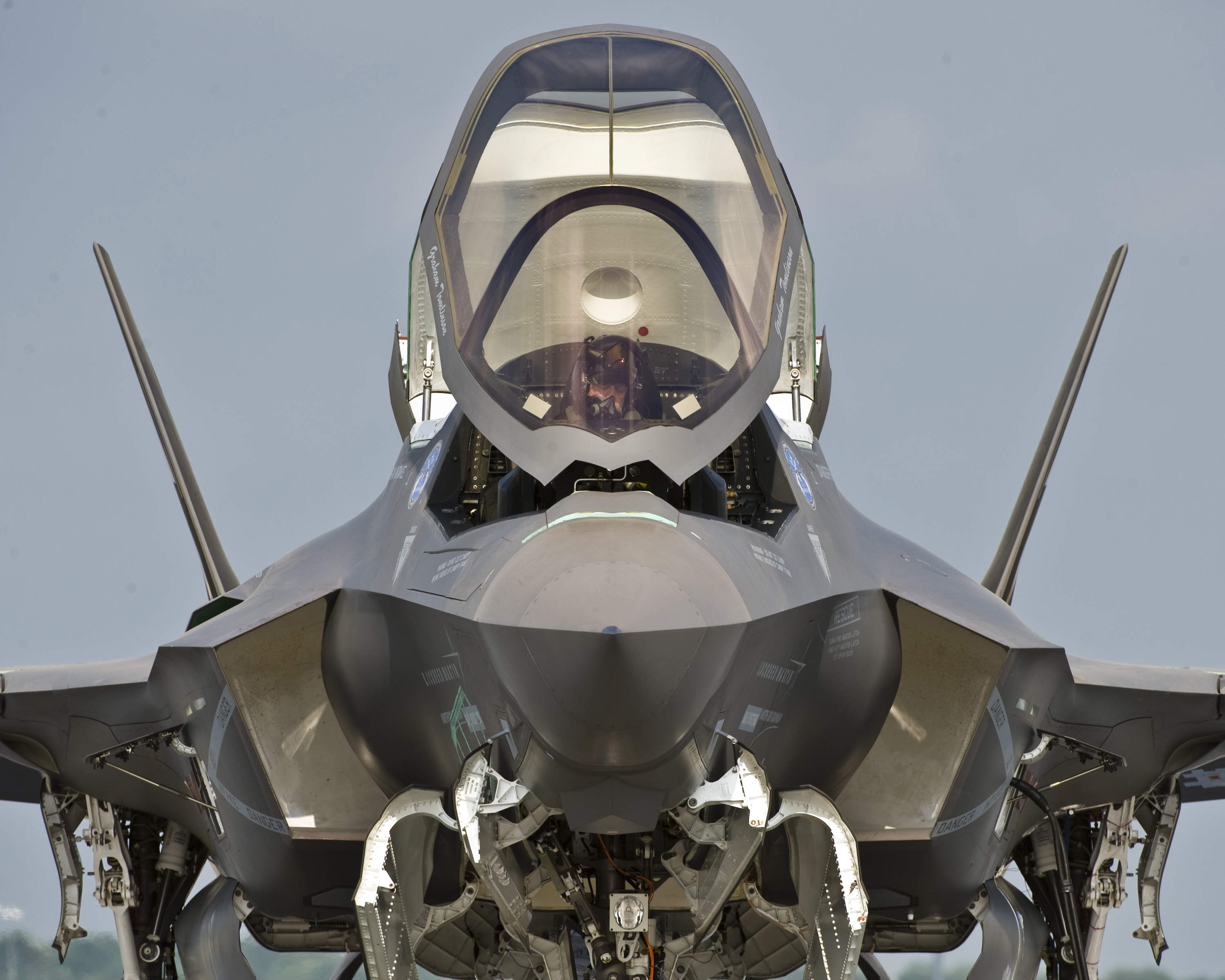Nicknamed the U.S. Department of Defense’s (DoD) “start-up” by Defense Secretary Ash Carter, the Defense Innovation Unit – Experimental (DIUx) has been operational for less than a year now, but has already made significant inroads in Silicon Valley.
Announced by Carter in April 2015 at Stanford University in a speech boldly titled Rewiring the Pentagon: Charting a New Path on Innovation and Cybersecurity only weeks after he was confirmed as Secretary, the DIUx was rolled out by the DoD on August 15, 2015, with the aim of bridging the gap between the Pentagon and the tech sector. The unit carries out its mandate through strengthening existing relationships and building new ones; actively searching for breakthrough and emerging technologies that can be developed and harnessed for military use; and serving as a local presence for the Department in Silicon Valley. Rather than directly seeding companies with capital (it receives no funding for this), the DIUx acts as a matchmaker for the DoD. The experimental unit simultaneously aids the Department in identifying novel technologies and businesses, while assisting companies in navigating the complex and often lethargic procurement process that frequently deters swiftly moving tech enterprises from doing business with the DoD.
Some of the exciting technologies DIUx has helped showcase to DoD groups include new UAV technology, dynamic network mapping, wind and solar powered unmanned maritime vehicles, automated textual analysis, and miniature satellites.
Since opening its doors in Mountain View, California, near the heart of Silicon Valley, the DIUx has proven to be a formidable champion of collaboration and engagement. As of March 1, 2016, the six-person unit has met with over 500 entrepreneurs, venture capitalists, corporate leaders, and academics. Furthermore, the unit disclosed that their efforts have resulted in 22 pilot projects being carried out in cooperation with “nontraditional companies and startups” and such diverse defense organizations as the Air Force Space and Missile Systems Center, U.S. Army Medical Command, Joint Improvised-Threat Defeat Agency, U.S. Army Intelligence and Security Command, U.S. Cyber Command, U.S. Special Operations Command, and the U.S. Navy’s 10th Fleet. According to the DIUx’s six-month report card, these projects would not have gotten off the ground without “DIUx’s outreach efforts in Silicon Valley, customer engagement inside the DoD and matchmaking expertise.”
Breaking from conventional surefooted political rhetoric, Defense Secretary Carter explained, “it’s called Experimental because we’re still experimenting with it, and it’s going to change, and we’re going to keep innovating with it.” As with any experiment, mistakes will be made and failures will occur. According to DIUx Director Dr. George Duchak, Carter has explicitly stated the unit is “allowed to fail”. Unlike other government agencies and programs that are extremely risk averse, the DIUx accepts these mistakes and failures as a by-product of innovation and is constantly evolving and changing its strategies in order to learn from past errors. Speaking in 2015 at a conference on Unmanned Vehicle Systems, Director Duchak conceded that the unit is “going to try to a variety of different ways to engage DoD and to engage the startup community and the innovation community […] Some will work and some won’t.” Many of these outreach efforts have been consciously developed to mirror those of the tech and business worlds, and have featured networking events and Dragons-Den/Shark-Tank-style events where companies pitch their ideas and products directly to a panel of Defense executives.
This is not the first time the U.S. has employed bursts of innovation in an attempt to mitigate strategic global threats. The United States’ First-Offset Strategy occurred in the 1950s and involved the further development and build-up of its arsenal of nuclear weapons to deter Soviet aggression in Europe. Two decades later, the Second-Offset began and lasted until the end of the Cold War, consisting of efforts to counter the threat posed by the size of Soviet forces through technological advancements. Largely attributed to the Second-Offset were the great strides made in guided missile technology, GPS and satellite navigation, and aerospace stealth. The recent explosion in ground-breaking technologies is aimed at giving American war-fighters of all branches a leg up over increasingly aggressive Beijing and Moscow, and has come to be known as the United States’ Third-Offset Strategy.
Just as the U.S. Defense Advanced Research Projects Agency (DARPA) was a driving force behind the advancements of the Second-Offset Strategy, so too have the DIUx and particularly the Strategic Capabilities Office (SCO) become integral in the development of the Third Offset. Like DIUx, the SCO is another one of Secretary Carter’s pet projects, which he helped develop as Deputy Defense Secretary. In his 2017 budget, Carter proposed US $45 million for the DIUx, a far-cry from the mere $1.75 million USD it received in 2015, and $902 million in SCO funding for 2017, which is approximately twice what it received this year and 18 times what it received at its inception in 2012. However, as roughly $3 billion in funding is slated for DARPA in 2017, it remains the chief Defense research agency.
That said, the groups have been tasked with accomplishing different yet complementary goals. While DARPA is entrusted with developing technology that will revolutionize US military operations over the long term, the SCO is concerned with developing game-changing technology for rapid deployment through “creativity and engineering, using old weapons, teaming existing equipment together or adding new commercial technology”. Some of the secretive projects the SCO has been responsible for include converting aging B-52 bombers into floating arsenals full of modern weaponry, developing lasers and railgun technologies, and creating swarming micro-drones that can be deployed by aircraft travelling at Mach 0.9. Within his budget, Carter also proposed $40 million in funding for In-Q-Tel, an independent non-profit that identifies and invests in startups that develop technologies that can be harnessed by the US intelligence community.
Innovation has been a central theme of Ash Carter’s time as Secretary of Defense. When Secretary Carter unveiled his proposed 2017 defense budget, he announced US $12.5 billion for science and technology funding and almost $72 billion on research and development, which is more than the total defense expenditures of most states. Holding a doctorate in theoretical physics from Oxford, which he obtained on a Rhodes Scholarship, Carter has sought to make technology a primary driver of the Department’s vision. Carter has accomplished this through working with like-minded thinkers with a keen eye for technological change; both DIUx Director Duchak and Director of the Strategic Capabilities Office William Roper too are physicists and Rhodes Scholars. Further, Carter announced on March 2, 2016, that the Department is creating a new Defense Innovation Advisory Board to be chaired by Alphabet Executive Chairman and former Google CEO Eric Schmidt.
The work of these vanguard groups and the emphasis the Department of Defense has placed on the Third-Offset Strategy suggests that a paradigm shift has occurred within the Department. This shift has directed them to vigorously embrace new technologies as well as develop and leverage new relationships with those who breed innovation. However, if funding is withheld from key aspects of Secretary Carter’s budget due to partisan political gridlock, or should the new President decide to modify Defense priorities, issue budget cuts, or undertake a large-scale and expensive military operation, these cutting-edge programs and relationships may fall by the wayside.
Photo courtesy of Robert D. Ward (WikiCommons).




